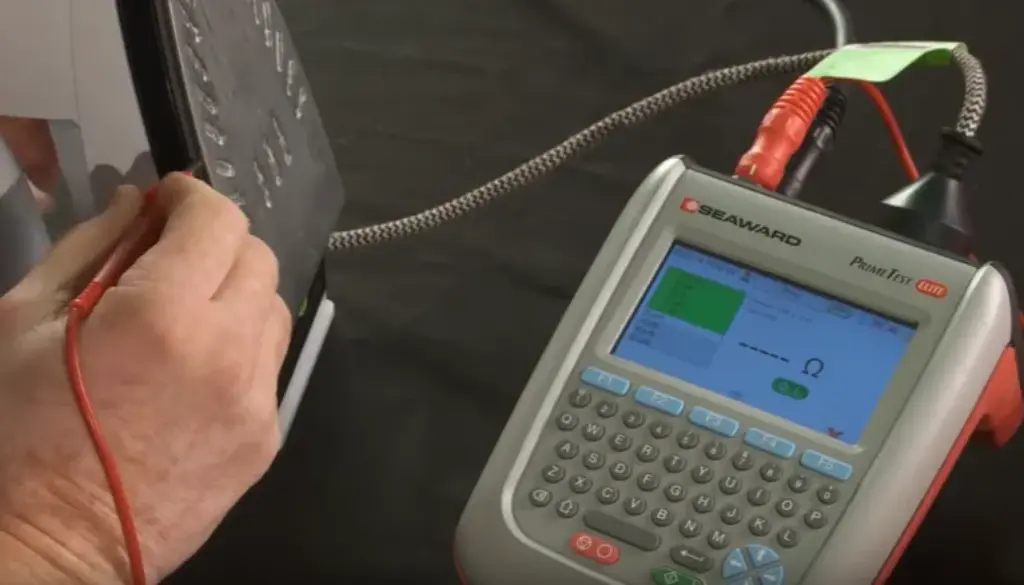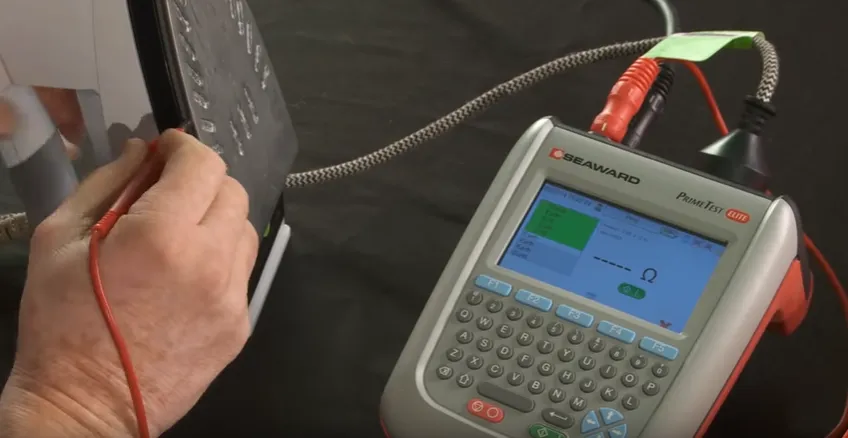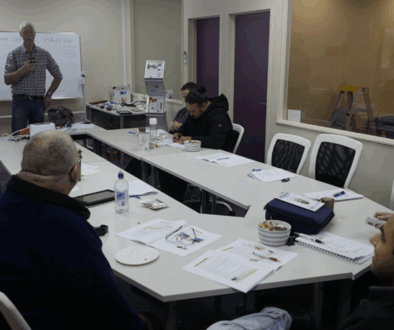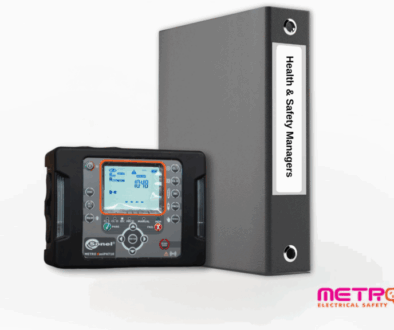Earth Leakage Testing

Appliance testing is becoming a common practice in New Zealand. Businesses and companies usually do it to ensure electrical equipment and portable appliances in the workplace are safe to use and complies with electrical safety regulations and standards.
Tests that are typically done include a visual inspection, earth bond or continuity test and insulation resistance test. In other cases, an operations test and an earth leakage test is performed to gain further information.
What is earth leakage?
To put simply, earth leakage is the current that leaks from a circuit to the ground. It usually flows through the protective ground conductor via the insulation and the filters protecting electronic equipment.
In any electrical installation, some leakage current is normal. It becomes a problem when the leakage current causes unnecessary and intermittent tripping (typically on circuits protected by Ground Fault Current Interrupters or GFCIs).
Ideally, electrical installations must be properly grounded so the current leakage would flow through the ground connection and into the grounding rod that connects the equipment to the earth. This provides protection against a shock hazard should an insulation fault occur. If the ground is incompetent or disrupted, an insulation failure could cause a rise in voltage on accessible conductive parts which can cause electric shock when touched. Even when there is no insulation failure, current leaking through the grounding rod still poses a threat of electric shock to anyone getting in contact with the ungrounded system and ground at the same time.
Causes of earth leakage
The most common cause of leakage current is inadequacy in the materials used to build elements like the semiconductors and capacitors. In some installations, longer conductors cause more current to leak due to the higher capacitance.
Old or damaged insulation can be another cause. If the insulation is in good condition, very little current should leak; otherwise, its electrical resistance is compromised which allows substantial current to flow.
The purpose of an earth leakage test is to measure the current leakage and recognising the cause. It essentially determines the amount of current that will pass through a person when that person touches an electrical device, thereby checking potential safety risks.
How is earth leakage testing done?
At Metrotest, we use portable appliance testing (PAT) devices to measure current leakage on any electrical installation or equipment. The objective of the test is to measure the currents flowing through the protective conductor or the metallic parts of the earth.
The test is usually performed when the equipment under test is running in its normal operating mode. Appliances with different work settings, such as a hair dryer, are often set to their highest setting during the test. If there is doubt an insulation test could damage the appliance being tested, an earth leakage test is preferable.
There are various earth leakage tests that can be performed depending on the asset type and classification:
- Differential earth leakage test (IDIFF) – This test is usually done when the asset being tested is safe to run. It measures the difference in current flowing between the live and neutral conductors, which is displayed as the leakage current. The measured value is then adjusted to reflect the worst leakage current at the higher operating voltage limit.
- Touch Current Test (IF) – This test applies to Class II items. Where there is no existing earth return path, one is created with the bond lead to simulate the equipment being held in the hand. Once the current leakage is measured, the value is adjusted to reflect the worst leakage current at the top operating voltage limit.
- Substitute Leakage Test (IPE) – This test is done in case the asset is not safe to run during testing, such as a power cutter or electric drill. It measures the current leakage in the earth conductor using a low AC voltage (typically 40Vac), so as to reduce the risk of an electric shock. The low voltage also prevents the instrument from powering on during the test, which would otherwise be dangerous to the operator. The test does not require a supply voltage, hence the socket is optional. The measured value is adjusted to show the worst current leakage at the upper operating voltage limit.
Clamp meters are usually used to measure leakage current. However, this can also be done using a PAT tester. Metrotest has a range of PAT machines that have inbuilt capability to test earth leakage, along with insulation, operation, earth bond and flash tests. This is why they are preferable in appliance testing.
Here are some of the PATs we highly recommend:
- Sonel Metro EasiPAT – Battery and mains operated (for powered up leakage testing), this testing instrument can measure insulation, polarity, residual current and earth leakage (200mA, 10A). Its LCD display has a Pass/Fail indicator. Has flashing warning lights when used for powered-up testing to provide extra safety for the operator.
- Megger 150R – Tests single-phase appliances up to 10A. Capable of earth testing (200mA), insulation testing (250/500V), mains powered leakage test (230V), and lead testing.
- Metro 6201A – An entry-level PAT for low-volume applications. This device can test single phase appliances up to 10A and perform earth test (200mA); insulation test (250/500V), mains powered leakage test (230V), and lead testing.
- Metro iPAT SupaPAT – A complete testing package that is so easy to use. It includes the Sonel Metro iPAT standard set, plus thermal transfer printer, scanner and comprehensive software.
Why perform an earth leakage test?
As mentioned earlier, an earth leakage test can take the place of an insulation test under certain circumstances. For example, some appliances are not “completely on” unless they are actually operating, faults may not be detected by a normal insulation test but a leakage test can. Or if an insulation test gives questionable results, a leakage test provides a satisfactory means of checking for faults.
Since the test involves operating an appliance at full mains voltage, it can be problematic and even dangerous. Earth leakage test is best done by professionals who will take every single precaution to prevent any hazards. That being said, it’s important to hire an operator who is experienced enough in appliance testing. Here’s why: Some PAT testers may give an incorrect ‘FAIL’ indication which can result in assets being taken out of use unnecessarily. An experienced operator would know better.
To learn more about earth leakage testing, get in touch with our test and tag specialists!



